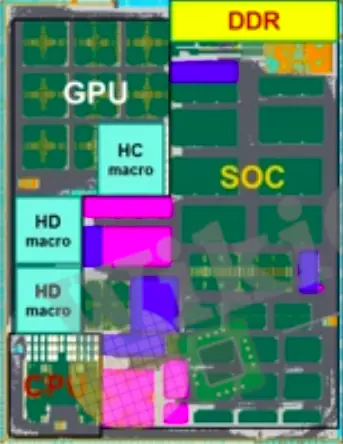I'm excited, but within limits. Let's not forget how underwhelming Arrow Lake was, in spite of advancing by 2 major nodes! Yet, it clocked lower than Raptor Lake and sometimes performed worse, while using almost as much power. I get that some of its performance problems were due to the chiplet architecture, but it was still a real head scratcher!
Zen 5 was a little less surprising, given that it stayed on pretty much the same node as Zen 4, but still a little surprising, given the move from a bleeding edge 5 nm node to a mature, optimized one.
So, I'm a little concerned that these smaller nodes just aren't going to support the kind of clock speeds we've become accustomed to, and IPC gains aren't the easiest way to increase performance.



